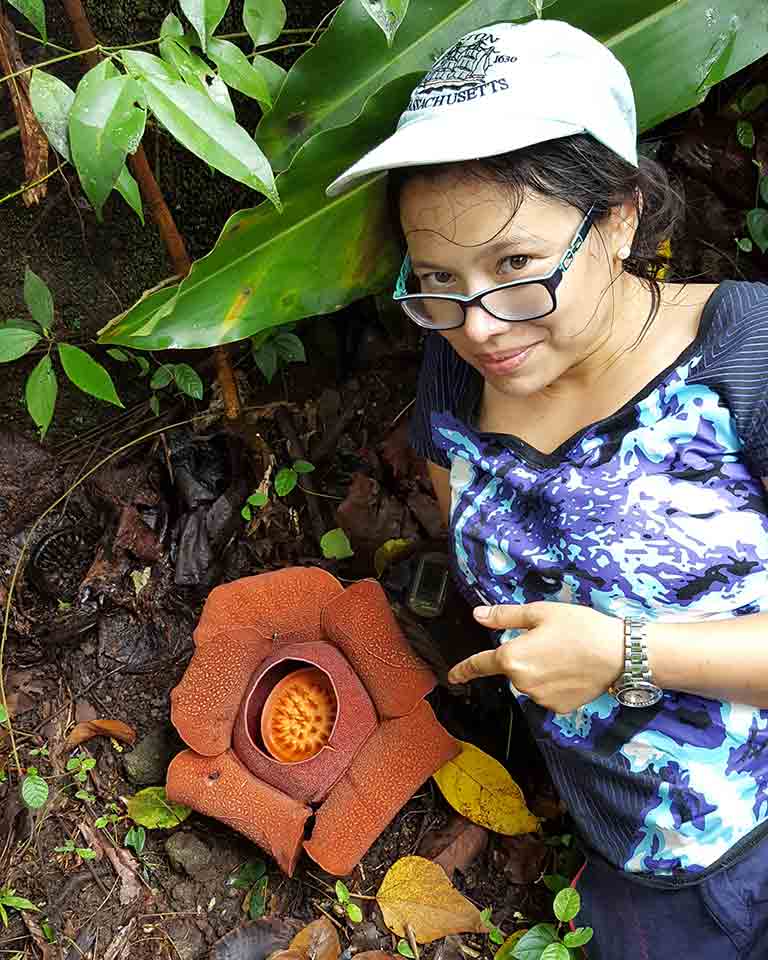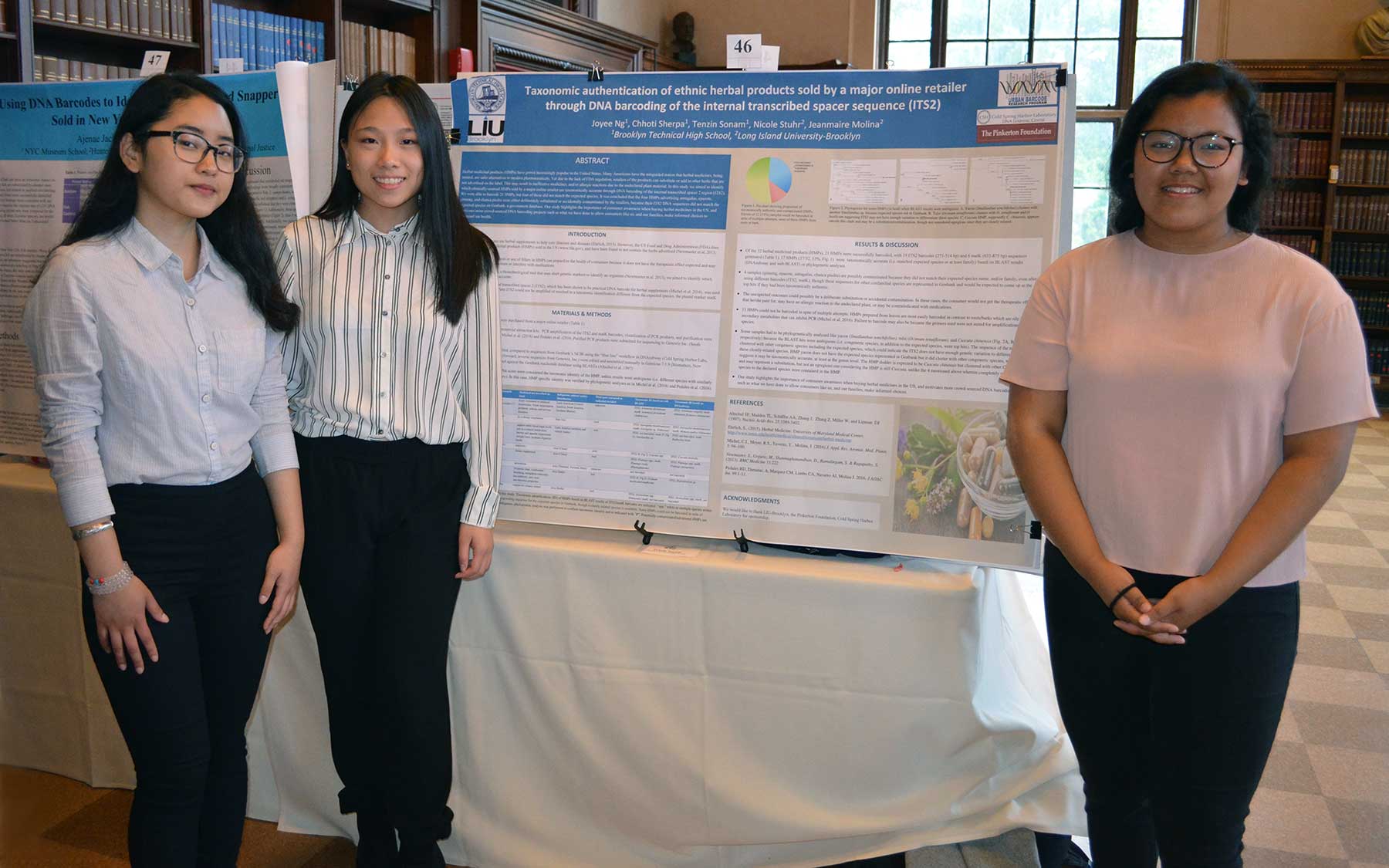At least 1 out of 5 Americans consume some form of herbal medicine, like garlic capsules for hypertension or St. John’s wort tea for depression. Yet this multibillion-dollar industry is not strictly regulated by the US FDA, and herbal products have repeatedly been found not to contain the species declared on their labels. This motivated me to incorporate a genetic identification technique called DNA barcoding in my research and classes at Long Island University-Brooklyn, where I am a botany professor.
DNA barcoding allows us to test the authenticity of herbal products, and this proved to be an eye-opener for my students. For example, an African herb I bought from Harlem, supposedly imported and claiming to be therapeutic for diabetes, simply turned out to be sweet potato! But who would know? The capsule contained powder pulverized beyond recognition.
When I was first invited to mentor high school students on DNA barcoding in 2016, as part of DNA Learning Center’s Urban Barcode Research Program (UBRP), I thought this would be another auspicious opportunity to train budding scientists in basic molecular biology, while at the same time instilling pharmacovigilance—the power of knowing what’s in their herbal medicines.

My team of Brooklyn Tech high school students—Chhoti Sherpa, Joyee Ng, and Tenzin Sonam—were children of Asian immigrants who personally use herbal medicines, so they were particularly interested in knowing which ginseng products are taxonomically authentic. We bought various brands of herbal products containing a single plant ingredient from a popular online retailer, and got to work.
The students were bright, self-motivated, and already trained in basic lab skills through two weeks of mandatory UBRP preparatory courses. It was a pleasure working with them. By the time we were done, we had barcoded 20 herbal products. Four of them turned out to be completely different from what was declared on the label, including a product supposedly ginseng (Panax ginseng) but was substituted with the cheaper herb, huang qi or Mongolian milkvetch (Astragalus propinquus)!
Chhoti, Joyee and Tenzin not only gained valuable experience in scientific research, but this also opened their eyes to the problem of fraudulent herbal products in the market, an issue that touches them on a personal level since their families consume these products. After finding that 20% of herbal products we tested were adulterated, we felt compelled to spread the word by publishing our results. We would not have been able to do this without UBRP, which is an incredible initiative that aims to make a difference in the lives of high school students through early immersion in science.
As their mentor, it was exhilarating for me to be part of the process of inspiring these students to consider a career in science. On top of this, UBRP gave us the opportunity to bring attention to a real-world problem in the herbal medicine industry. Through DNA barcoding we can potentially crowdsource pharmacovigilance in high school labs, empowering more Americans to better safeguard their health.
Thank you, UBRP!
Written by: Jeanmaire Molina, Ph.D., Assistant Professor, Department of Biology, Long Island University-Brooklyn | publicaffairs@cshl.edu | 516-367-8455
About the program
The Urban Barcode Research Program (UBRP) is a student mentorship program supported by the Pinkerton Foundation and Science Sandbox, and initiative by the Simons Foundation.
This science education initiative engages high school students to use DNA technology to study biodiversity in NYC. Students complete introductory workshops and then conduct independent, student-driven research projects using DNA barcoding under expert mentorship. The UBRP enables students to gain knowledge, confidence, and interest in science while studying the interaction between biodiversity and human activity.
